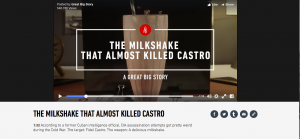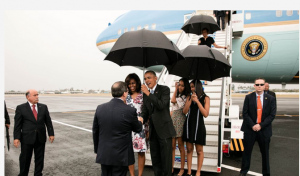By BREANA ROSS
Constant public scrutiny should be added to the job description for the president of the United States. Part of being the face of the free world means being under the world’s microscope and subject to criticism for any little thing.
The latest criticism of President Obama from the news media stems from his choice to still go to a baseball game in Cuba, even as the Brussels attacks were happening.
Not long after bombs had blown up at an airport and subway station in Brussels, President Obama was enjoying a ballgame with his family and the President of Cuba, Raul Castro. The pictures of the president’s fun-filled day at the ballpark spurred controversy among Republican presidential candidates and within the news media. The main point of criticism is that President Obama should have returned home to help deal with the matter instead of continuing leisure in Cuba.
However, it is not like the president did not address the matter at all. President Obama made remarks about the terrorist attacks when he spoke in Havana on Tuesday. “What they can do is scare and make people afraid and disrupt our daily lives and divide us,” President Obama said as he explained his rationale for staying at the baseball game. “And as long as we don’t allow that to happen, we’re going to be okay.”
The real question is, what is it the critics wanted Obama to do in that moment? The attacks had already happened. There is nothing he could have done to change that and he addressed the matter through a speech, just as he would have done if he were home. There is really no reason for him to have been criticized, except that Americans need a scapegoat to criticize for everything. Being the president of the United States makes Barack Obama a perfect candidate.
The number of times President Obama’s face has appeared on the front of a magazine, newspaper, or website being criticized for doing something completely normal is infinite. The public eye is always watching and the news media always has something to say about the president’s behavior.



 o help his parents support his six other siblings.
o help his parents support his six other siblings.